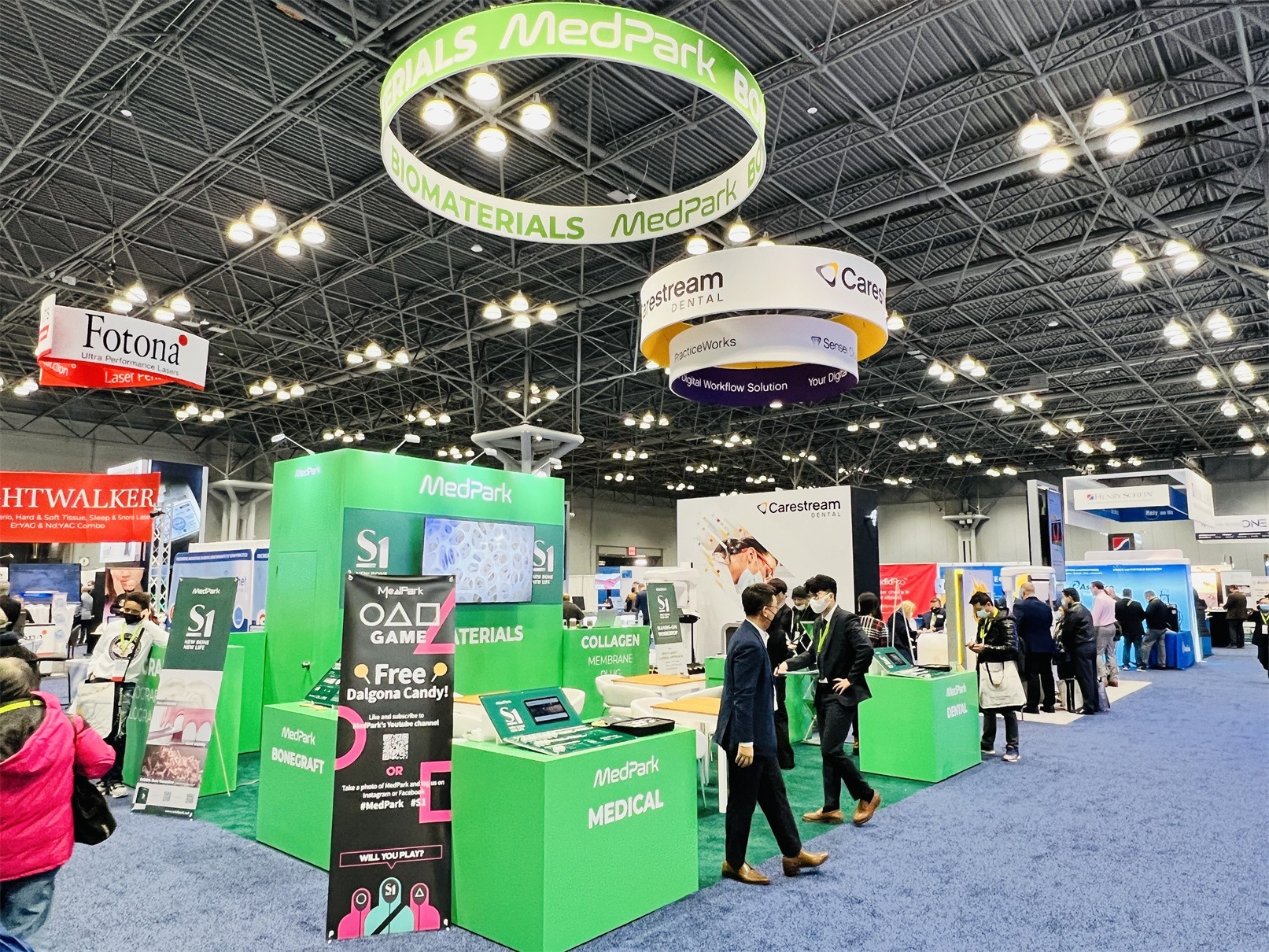Running a live event requires the ability to manage many moving parts. You’re trying to control logistics, design booths, entertain your audience, and ultimately get people to associate their positive experiences with your company. The goal is for them to feel like they have “gotten to know” your brand and have built a rapport with it, just as they would with a person.
Engaging attendees is such a crucial part of that brand-building process that 39% of live event professionals agree it is the most important element of a live event. To foster that level of interaction, you must incorporate engaging elements throughout your planning process.
Start by asking yourself what your brand is trying to accomplish and what you want attendees to take away from the event. Then, find ways to match those objectives to the design components of your events.
Table of Contents
What experiences are unique to your brand? Ask what makes it stand out from your competition, and create a theme around that. If your product is a beverage, your theme could be as simple as “cold”; you could then build from there to incorporate your brand messaging.
Beginning with event invitations, incorporate your theme and weave it through your event activation and any thank-you’s or follow-up notes. To draw the most possible traffic, choose a theme that appeals to a wide audience. Resist the urge to overcomplicate things.
If you don’t fully consider design during the planning phase of your experiential campaign, there can be severe consequences. Not only could you lose a great opportunity to engage your audience, but you might also experience cost overrun, unfulfilled ROI, and — worst of all — disappointed customers.
Here’s how you can use design thinking to increase the effectiveness of your next experiential marketing campaign. It’s all about keeping things simple, strategic and shareable.

Source: https://trueblue-exhibits.com/20-x-20-custom-trade-show-booth-portfolio/medpark-gnydm-20-x-20-custom-trade-show-booth/
It can be tempting to pull out all the stops when creating an engaging activity. Too often, event planners overcorrect in this regard. They want so desperately to make a memorable impression on their audience that they try too hard and do too much — only to realize later that the bells and whistles of their activations took away from the meaning and engagement they were trying to foster in the first place.
Instead, put that energy into making sure any activities are a strategic brand match. The right immersive experience will naturally bring traffic. The key is to find activities that instantly stir participants’ souls and passions. If the product is a beverage, you might serve samples in a set that is related to world travel, for example.
You’ve heard the phrase “location, location, location” for a reason. When your attendees feel comfortable in the event space, they are increasingly likely to be more experimental and share their discoveries.
To foster this sense of belonging and put attendees at ease, match your venue to your attendees’ interests and lifestyles. Target locations where a like-minded audience is likely to gather, aiming for a time and space where they are at their happiest and in a relaxed state of mind. You’ll also want to consider seasonality and weather; the last thing you want is literal rain on your parade. If you do need to provide shelter or climate control, remember that it can add significantly to the cost of the event — so budget appropriately.
Attendees notice how attentive you are to timing and branding. Keep your pace of participation swift but not hasty, making sure that activities are on-brand but not overdone. Create an agenda and stick to it.
These are fine lines to master, but you can achieve them with some queue management and well-trained brand ambassadors to assist with prep and data collection. This will help you garner the highest participation volume and quality leads possible.
By creating shareable experiences, you’ll engage not only attendees but also their social networks. There are many ways to go about this, from mobile apps to branded social media hashtags. This ensures the conversation about your brand will continue long after the event ends.
For example, when Google donated $5.5 million to Bay Area nonprofits, it let the public determine where the money would go via online voting. It promoted the opportunity via local billboards and through the #GoogleImpactChallenge hashtag.
Design thinking requires you to connect your event activities to your audience’s interests and your brand’s strategic goals. By properly designing activities and linking them to your brand, you’ll give attendees an experience they’ll feel good about — and can’t help but share with others.
 We Do It Right, The First Time and Every Time
We Do It Right, The First Time and Every Time
 3D Booth Rendering
3D Booth Rendering Always Go
Always Go Win-Win Happy
Win-Win Happy Everything
Everything  Committed
Committed  Customer
Customer Clockwork
Clockwork